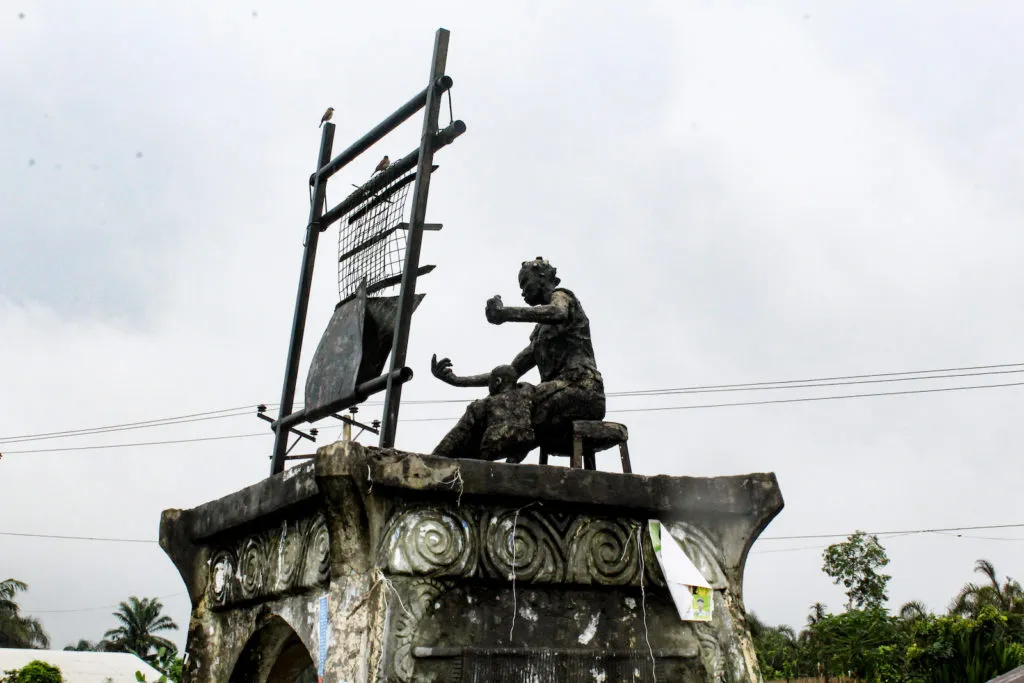
Akwete weaving is a unique and traditional craft that plays an important part in the culture of the Igbo people in Nigeria, particularly in the town of Akwete in the Ndoki region, Ukwa East Local Government Area of Abia State. Akwete weaving is known for its brilliant colors and detailed patterns which have evolved over the years, showing the strength and creativity of the people of Igbo. This craft is essential to the people of Akwete, Nigeria, and even to the world as a whole. This article looks at the origins, growth, cultural importance, techniques, and recent influence that Akwete Weaving has gone through with time, emphasizing how it continues to adapt and flourish in a changing world.
The History and Origin of Akwete Weaving
The origins of Akwete weaving are closely connected to the cultural identity of the Igbo people and date back to ancient times. While the technology of weaving was widely practiced in most African societies to create clothes, it was an acquired expertise for Akwete women, who then developed special techniques that made their weaving stand out. The Igbo stories also continue to say that during the late 19th century, weaving became more important, especially due to the imported cloth from England, India, and so on. This, therefore, awakens the interest of the native weavers to try different colorful threads and designs.
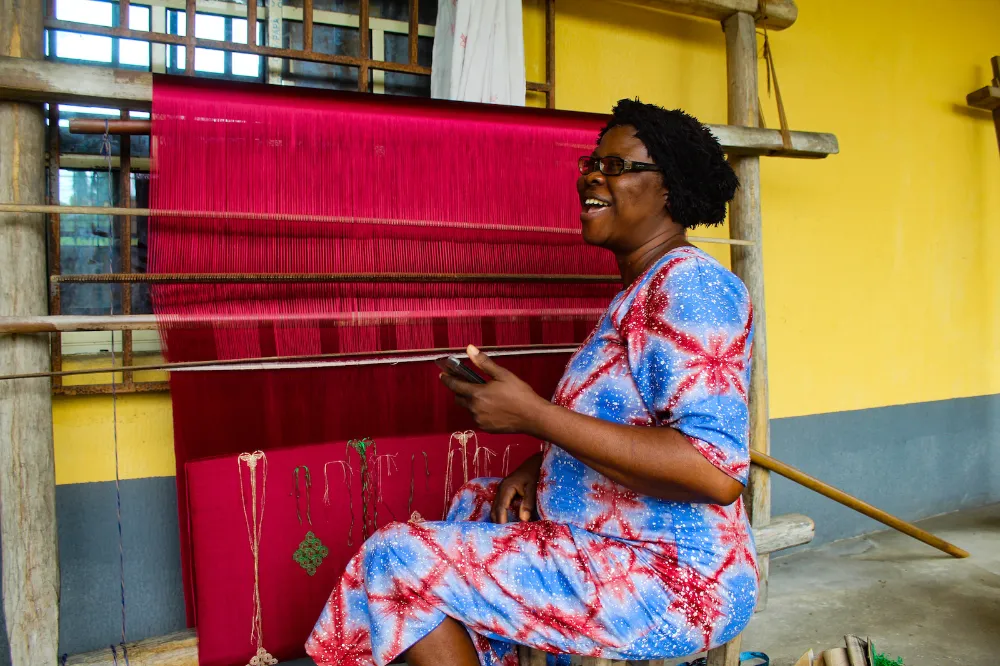
One of the important persons in the history of Akwete weaving is Dada Nwakwata, a prominent weaver who revolutionized the craft. Her innovations in designs and weaving techniques laid the foundation for Akwete as it is known today, and she has remained a role model for present-day weavers who boast that they can make any design shown to them. As more nearby communities, like the Ijo people of the Niger Delta, began wanting Akwete cloth, weaving turned from a part-time craft into a full-time job for many people. Over time, Akwete became known for beautiful, handmade textiles.
Akwete Weaving and its Cultural Significance
Akwaete weaving is not just a process of producing cloth; it represents the values, beliefs, and stories of the Igbo people. In many cases, the designs and colors used by weavers carry meanings related to wealth, spirituality, and social status.
Patterns and Motifs: Akwete designs involve shapes, images of animals, and special patterns. Some patterns are from nature, while others are borrowed from values or historical events. For example, the ‘Ikaki’ pattern was special to royal families, showing their status and power. Ordinary people weren’t allowed to wear it, and anyone who did could face serious punishment.
Colors: Colors in Akwete weaving are not just for decoration but carry meanings.
- Red represents energy,
- Black is for strength,
- Blue and White stands for peace and purity.
These colors help the fabric tell stories and share cultural meanings.
Akwete clothes are worn for ceremonial events such as weddings and burials, and they are also used as gifts to show respect. They had been previously worn by the leaders and elders as a status symbol in Igbo culture.
Techniques and Tools Used in Akwete Weaving
Akwete is a rather complex and professional weaving that makes use of an upright frame loom, unlike other Nigerian weaving practices that use horizontal looms. The upright loom lets the threads run continuously, making it easier to create detailed designs.
1. Materials: Traditionally, weavers used local materials like raffia, cotton, and wool. As modern weavers also started making use of synthetic materials like silk and polyester, some still prefer natural fibers that have been hand-dyed.
2. Weaving Process: Weaving is the art of crossing threads to form strong and dense fabrics. Akwete weaving consists of many layered designs achieved by weaving additional strands into the fabric for a textured and three-dimensional effect.
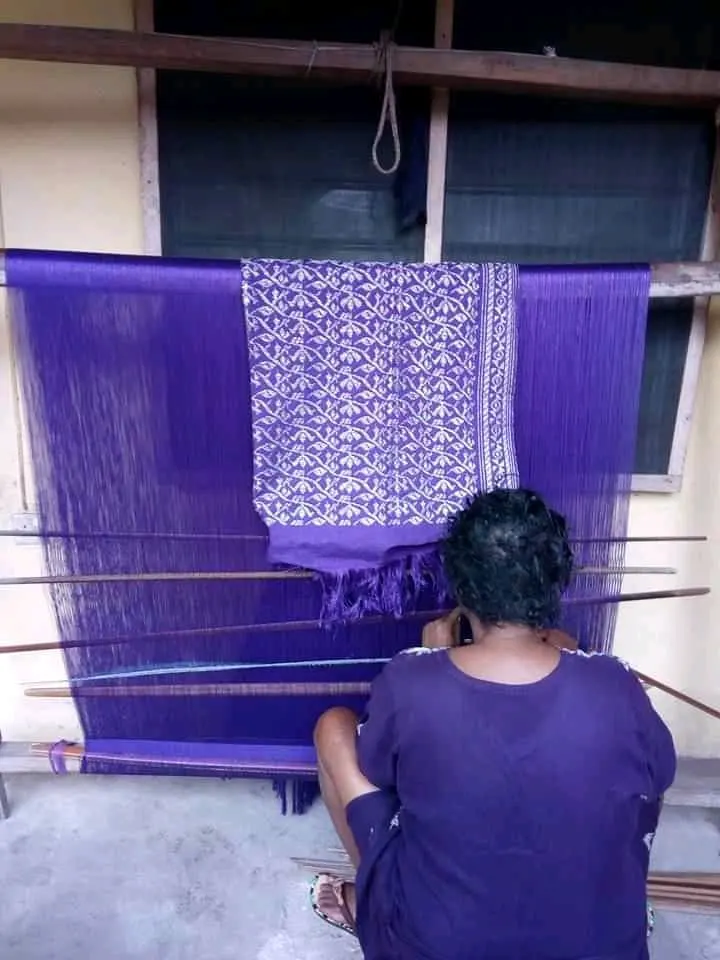
3. Patterns and Designs: Skilled weavers are careful when planning out the patterns of their work. Each separate design is created to hold a specific meaning that it will carry. Many designs have been passed down through generations to keep the tradition alive. Some weavers say they get their ideas for new patterns through their dreams, which adds a sense of mystery to the craft.
4. Dyeing: Some Akwete cloth is dyed traditionally with colors made from local plants and roots. Mostly indigo, a deep blue dye, is applied to the fabrics to make them appear bright and full of life.
The Evolution and Modern-Day Influence of Akwete Weaving
Akwete Weaving has been able to maintain its tradition as the art remains close to its roots, and at the same time adapting to the tastes and materials of modern times. Artificial fibers and commercial dyes allowed a wide range of colors and enhanced the speeds at which the fabric could be produced. As a result, Akwete cloth gained value for uses other than traditional attire. Akwete fabric is in this day and age used in fashion and interior decor for clothes, curtains, cushions, and tablecloths.
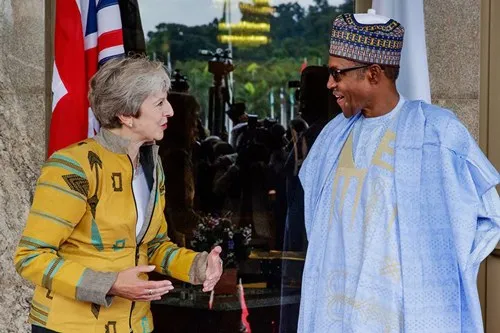
Traditionally, Akwete weaving gained international attention, with designers placing its colorful patterns on modern clothes. This turns Akwete cloth into a high-end commodity showcasing the expertise of Nigerian artisans to the world. Young weavers mix old designs with new styles, keeping Akwete current and relevant in the fashion world.
Akwete Weaving: Its Economic Importance
Akwete weaving has always been essential to the local economy. Long ago, Akwete cloths used to be a form of money, even in trade with communities nearby. To this date, many weavers, especially women, depend on this craft for their main income, which gives them both economic and social power. Groups and government programs now support the craft through training and funding to ensure it remains strong.
An example is the National Development of Indigenous Textile Artisans project, which supports artisans with essential resources and equips them with skills to produce more productively and profitably. Partnerships with international fashion brands also raise the profile and economic value of Akwete weaving.
Challenges and the Future of Akwete Weaving
Despite Akwete weaving having a rich history, it is challenged by mass-produced cheaper fabrics thereby reducing demand for handwoven cloth. Honestly, the hard work required for the making of Akwete cloth has also made it quite difficult for such cloths to compete with machine-made textiles, leading a good number of weavers out of the craft.
However, with the growing interest in sustainable and handmade products globally, Akwete weaving once more caught the attention it deserves. Efforts toward documentation, protection, and promotion of Akwete weaving as part of Nigeria’s cultural heritage are ongoing.
Various organizations, cultural supporters, and local artists are engaged in work for the preservation of techniques and teaching the skill to the next generation so that this craft will stay vibrant and live for generations to come.
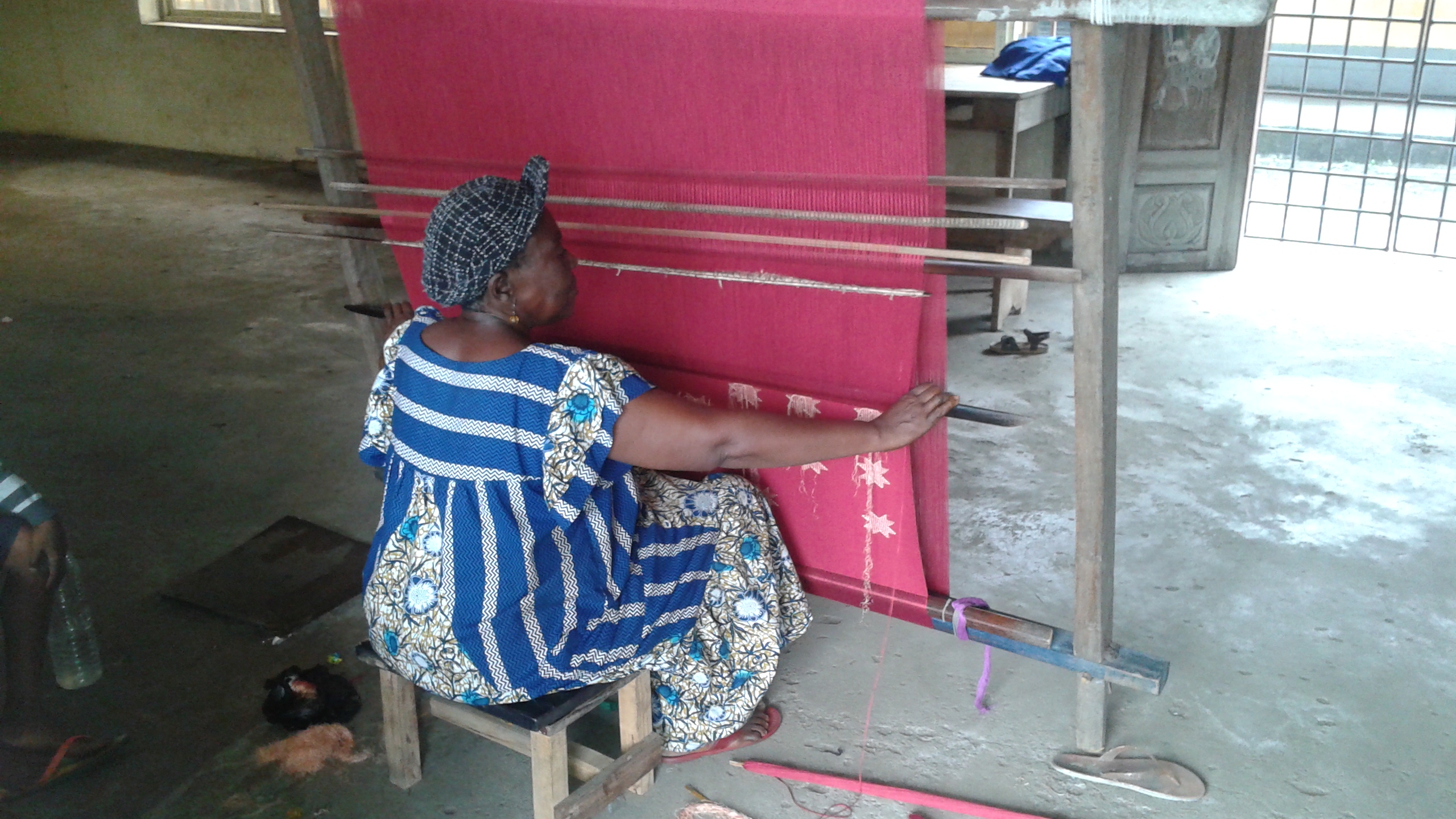
References
- Chukwu, J. C. (2021). Textile traditions of Nigeria: The legacy of Akwete weaving. Nigerian Heritage Journal, 45(2), 123-135.
- Obiora, N. A. (2019). The cultural significance of Akwete weaving in Igbo communities. African Arts Quarterly, 12(3), 57-64.
- Eze, M. I., & Nwachukwu, T. C. (2020). Patterns and meanings in Igbo textile traditions. International Journal of African Studies, 29(1), 42-60.
- Onwuka, P. O. (2018). Symbolism and artistry in Igbo weaving techniques: The case of Akwete cloth. Journal of Indigenous Cultures, 10(1), 84-91.
- Adetayo, A., & Nwankwo, E. (2022). Traditional weaving methods in Nigeria: An exploration of tools and materials. African Textile Journal, 15(4), 212-228.
- Ogundele, J. O. (2017). Handwoven heritage: An analysis of Akwete’s loom technology. The Nigerian Art Review, 22(3), 101-115.
- Nkwocha, L. U. (2023). Adapting traditional African crafts in contemporary fashion: The global rise of Akwete textiles. Textile Futures, 30(2), 165-182.
- Uche, O. (2021). The international appeal of Nigerian textiles: A study on Akwete weaving’s modern adaptations. Journal of Contemporary African Fashion, 5(3), 67-79.
- Ali, A. R., & Okoro, C. (2019). Weaving livelihoods: The socio-economic impact of Akwete cloth production in Abia State. Nigerian Economic and Cultural Journal, 18(1), 144-160.
- National Bureau of Statistics. (2020). The role of traditional crafts in Nigeria’s informal economy. Nigerian Ministry of Culture and Tourism Reports, 2020, 20-35.
- Nnamani, I. C. (2020). Preserving Nigeria’s intangible cultural heritage: The case of Akwete weaving. Journal of Cultural Heritage, 11(2), 39-52.
- UNESCO. (2021). Reviving traditional crafts in Africa: Case studies and sustainable practices. United Nations Educational, Scientific and Cultural Organization.
- Ibe, K. N. (2023). Textiles as cultural identity: The enduring legacy of Akwete weaving in the global art scene. African Studies Review, 19(3), 112-128.


